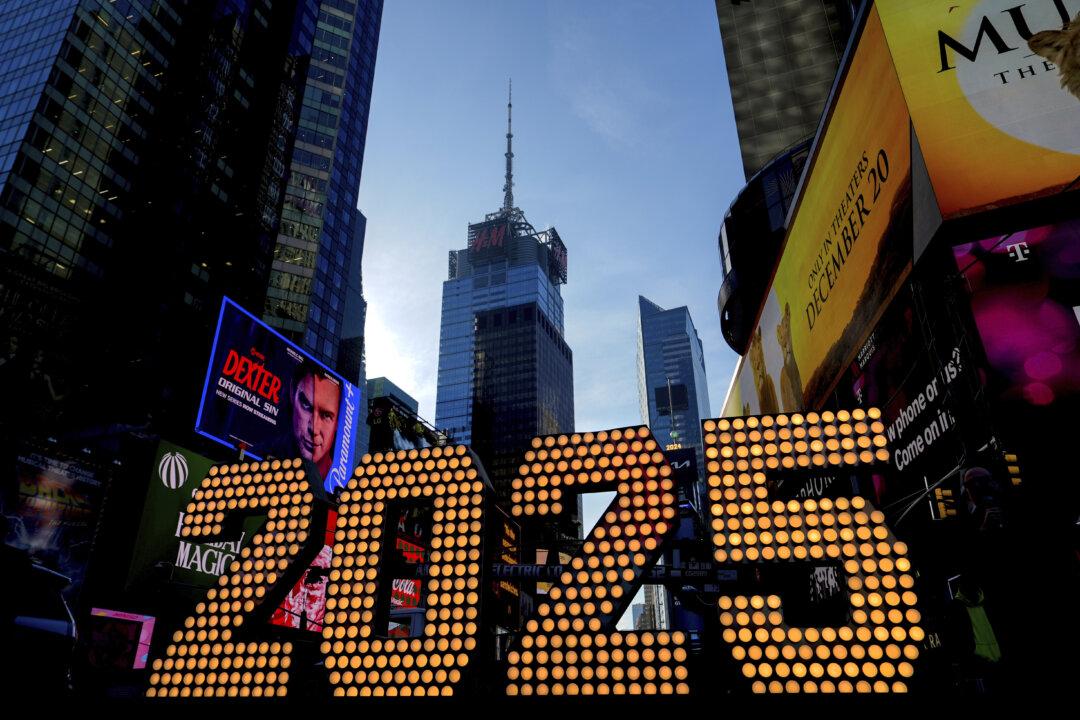Commentary
Overall, 2024 has been a great year for markets, and 2025 promises to deliver more of the same. Here are my six predictions for the coming year.

Overall, 2024 has been a great year for markets, and 2025 promises to deliver more of the same. Here are my six predictions for the coming year.